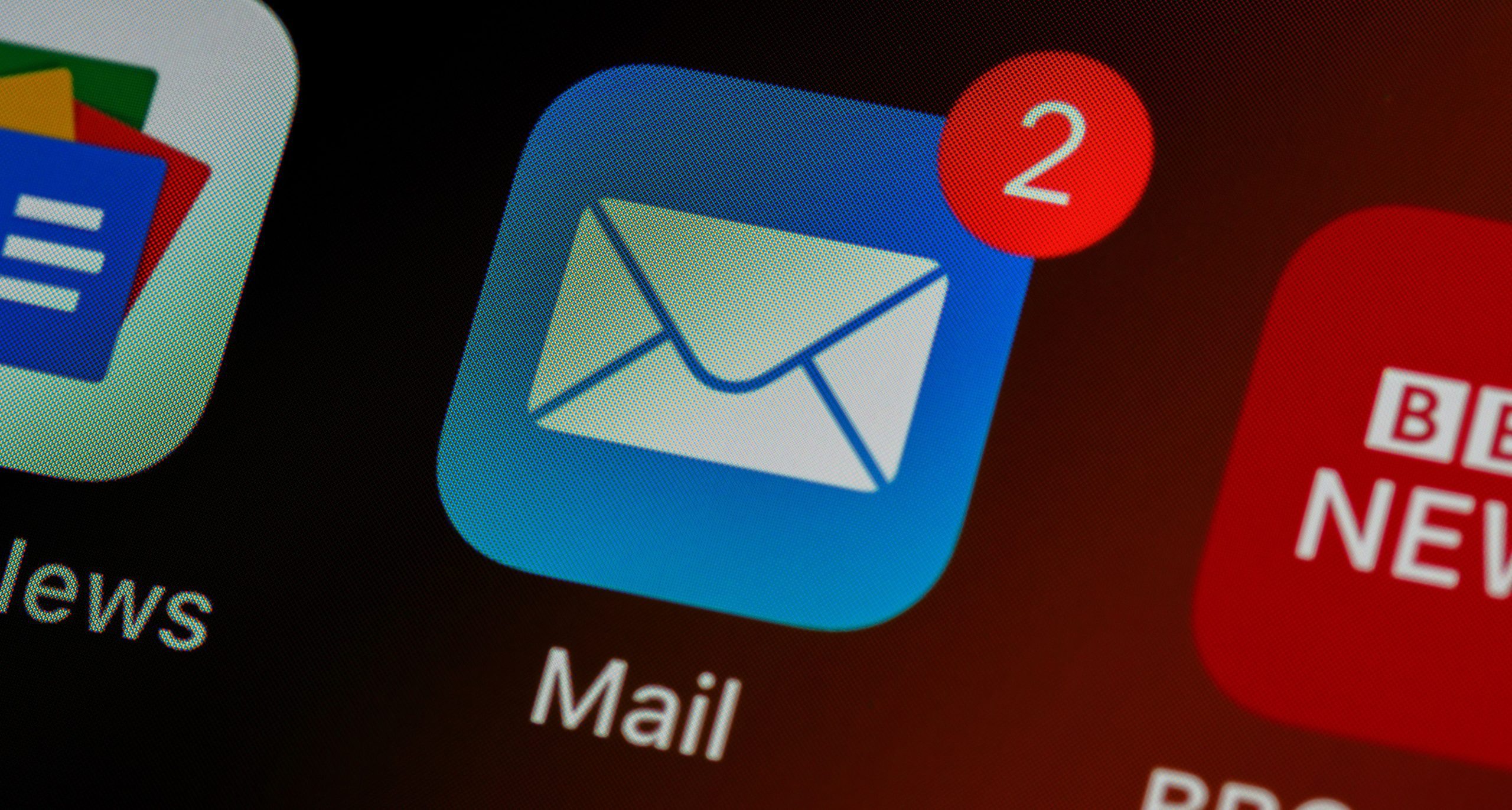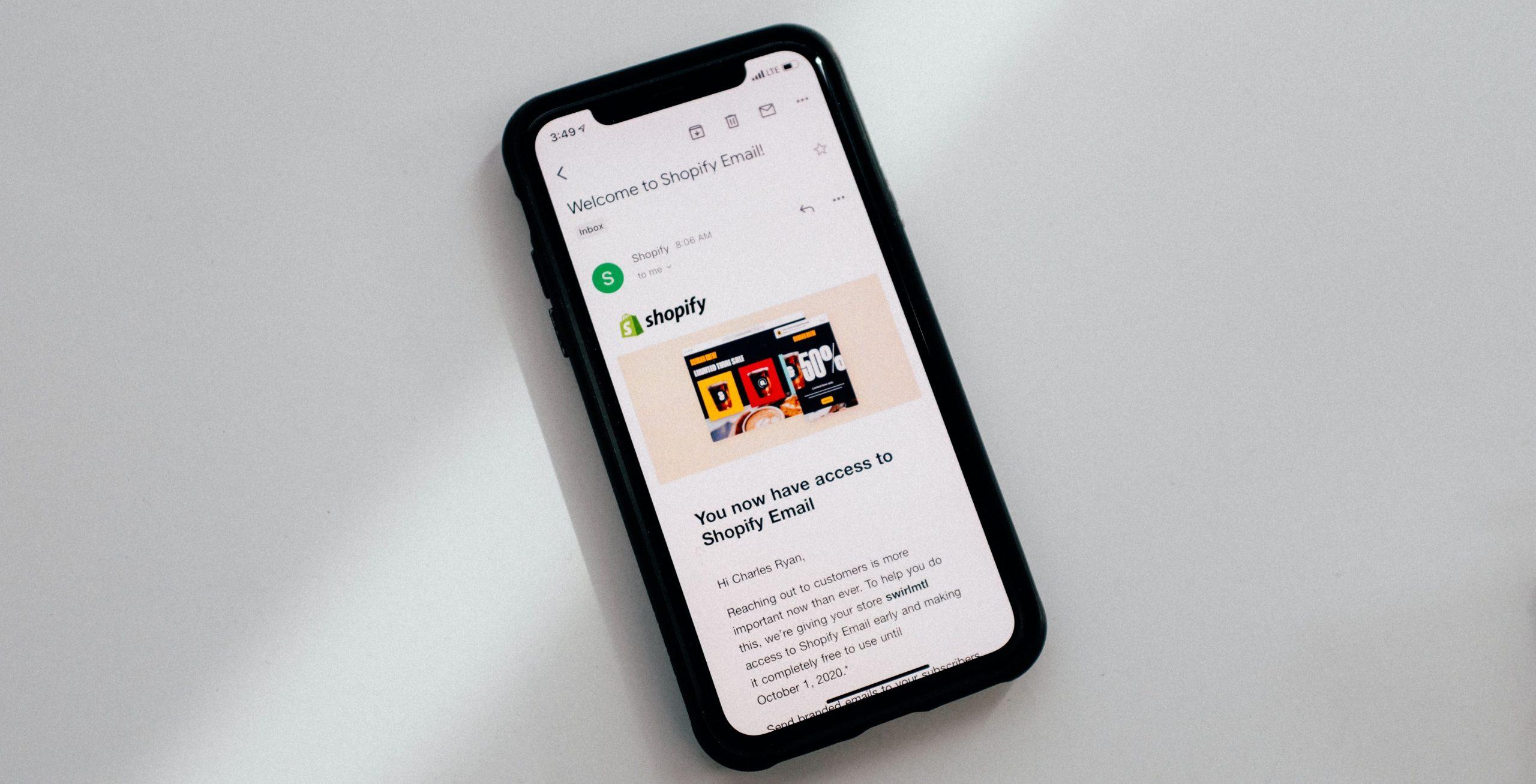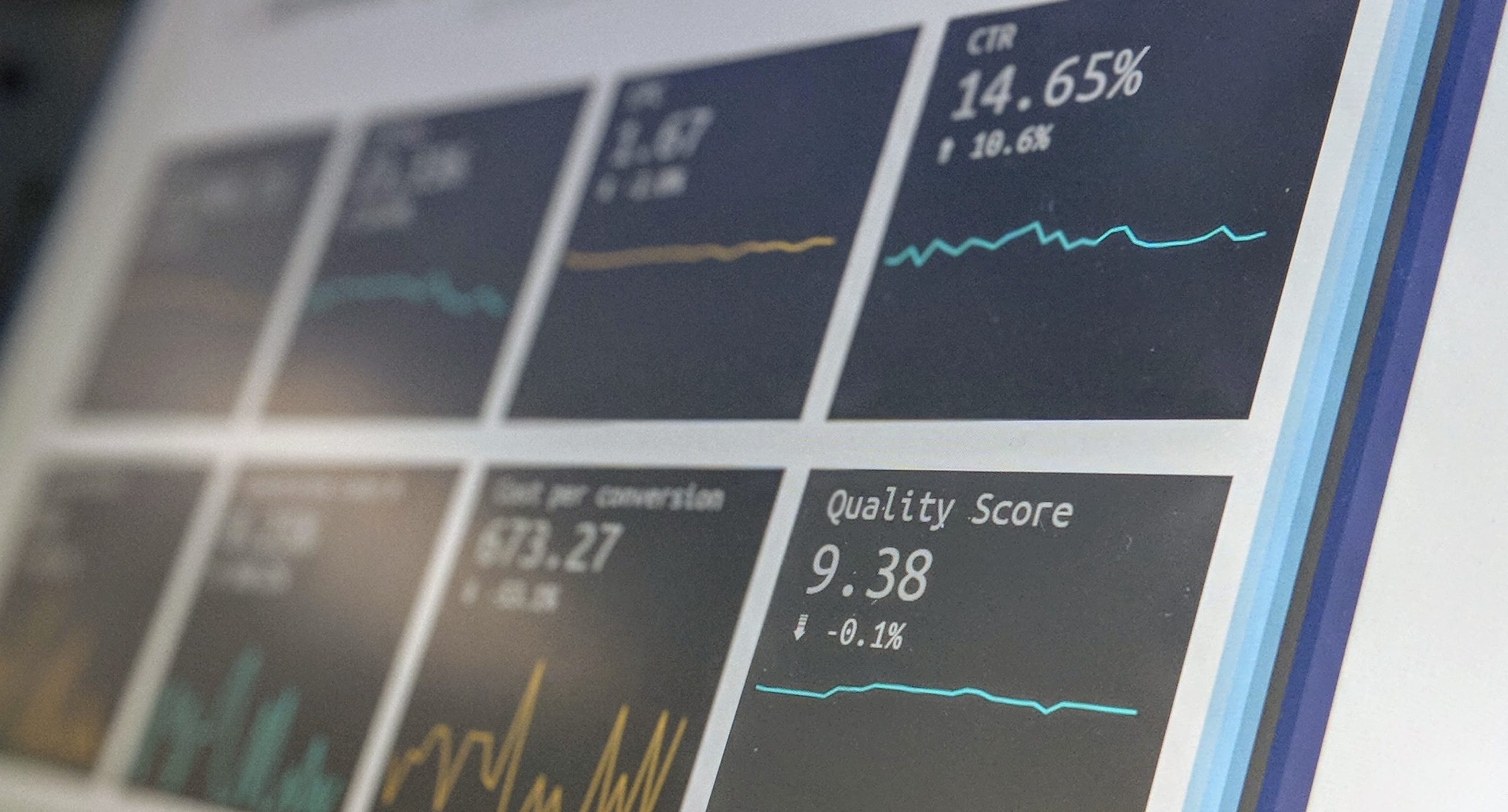4 Tips For Better Email Marketing Campaigns

4 Tips For Better Email Marketing Campaigns
Index
Email marketing has come a long way since the early, predominantly text-based days of the internet.
Despite being one of the oldest online marketing strategies, email marketing is still as popular as ever, with more than 330 billion emails sent daily in 2022.
It also remains one of the most effective marketing strategies. While the rise of social media has created new opportunities for reaching customers in the digital world, a survey by Campaign Monitor found that email marketing still generates the highest return on investment for small businesses.
Today, a wide selection of online tools and software is available to help produce effective email content that commands attention and compels an audience to engage.
Marketers can get creative and provide a more interactive and enjoyable experience for customers without complicating things, or needing to rely on an army of trained content producers.
But effective email marketing needs to begin with the right strategy. A ‘set and forget’ mentality will only take you so far in an ever-evolving digital landscape, especially when most companies these days employ an omni-channel approach.
Taking your email marketing campaigns to the next level and implementing campaigns that consistently convert doesn’t have to be rocket science. There are a few simple rules you can follow to get your audience engaged and tempt your customers to click through.
Keep these four simple tips in mind next time you sit down to write those marketing emails.

1. Keep Subject Lines Short and Sweet
The competition is fierce in your inbox these days. Did you know 47% of email recipients open an email based on the subject line alone?
That’s a huge stat, so it’s important to consider the following:
Limit your subject line to a maximum of 50-60 characters: Email subject lines are cut off if they’re too long, particularly on mobile devices. Keep them short and sweet to make sure people scanning your emails read the entire subject line.
Inspire a sense of urgency and excitement: Urgency inspires action! A sense of urgency relies on creating meaning, demand, and value. What will this do for your reader, and how may it affect them if they miss out? The more excited your reader is about what you can do for them, the more likely they are to engage with the product or service you provide.
Set the mood for the body of the content: Use subject lines and preview text to tell your reader what’s inside the email. Setting expectations and informing your audience of what to expect is another simple way to improve engagement.

2. Provide Value Every Time
Jam-packed inbox? We’ve all been there. One HubSpot survey found that 40% of consumers had more than 50 unread emails in their inbox!
Given that we’re on the receiving end of more email marketing than ever, compelling readers to open your carefully-crafted content remains an eternal challenge.
It’s less challenging if you approach it with a simple idea in mind. The more value you provide your customers in your email campaigns, the more they’ll look forward to receiving your emails each month.
But in order to provide value, you need to do a couple of important things.
Focus on your customer: It may be an age-old marketing mantra, but it’s important to understand and genuinely care about the needs of your customers. Start by asking yourself: “How can I meet the needs of my customers?” This will help you formulate content that your readers will actually benefit from.
Provide relevant, educational and actionable content: Proactively sharing educational and relevant content helps address customer pain points. Make sure you provide your readers with content and ideas they can actually implement, help them achieve specific goals, and encourage them to assess the results.

3. Segment Subscribers
Those who regularly work in digital marketing know that segmenting is an integral email marketing practice.
It’s a simple personalisation tactic that involves dividing your audience into smaller segments based on a variety of specific criteria. In simple terms, segmenting allows you to send relevant content to a more specific audience.
The goal ultimately is for your marketing campaign to be as precise as possible, so the right message reaches the right people at exactly the right time.
The more relevant your email, the more likely your audience will open it and continue to engage with it. Put simply: there is no one-size-fits-all customer.

4. Monitor Campaign Performance
Plans to measure, evaluate, and analyse should be woven into every email marketing campaign from the outset.
Most email marketing software features a range of in-built reporting tools that allow you to measure metrics like open rates, click-throughs, readability, and bounce rates.
To get the most out of your reports, it’s important to know what each Key Performance Indicator (KPI) reveals and in what way it’s meaningful for your business.
Email marketing offers a golden opportunity to understand how subscribers engage with your content. That’s why monitoring campaign performance is so important.
Without it, there’s no way of discovering whether your content resonates with your audience or not. Tracking and reporting campaign performance will help you decide on the dos and don’ts of your email marketing, where to make improvements, and how to adjust accordingly.

Email Marketing Experts
Email marketing strategies are something we dive into daily at Hunt & Hawk.
With so many marketing emails dropping into inboxes every day, we love creating content that cuts through and resonates with an audience.
If that’s something you need help with, or you’d like to discuss any element of your own email marketing strategies, simply drop us a line at hello@huntandhawk.com and let’s talk.